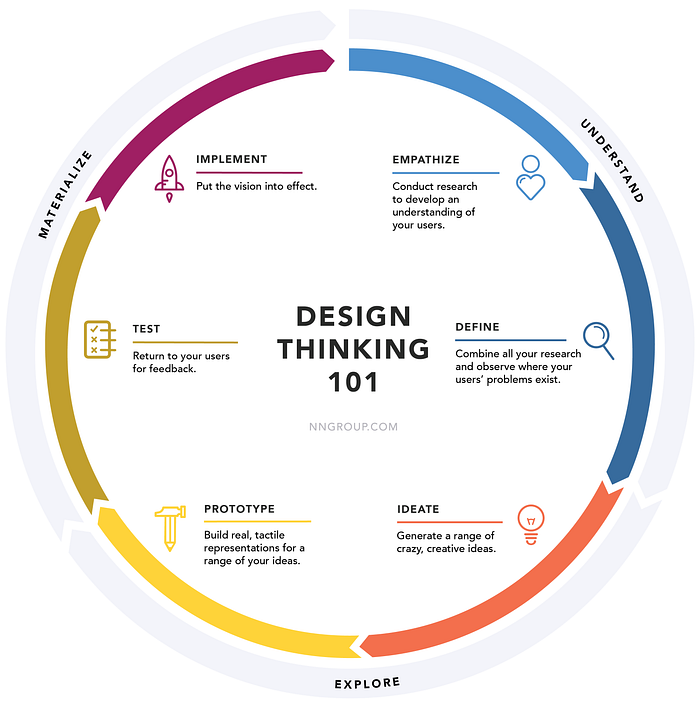

Embracing the Absurd in your Design Practices
source link: https://uxdesign.cc/embracing-the-absurd-in-your-design-practices-6f230601679a
Go to the source link to view the article. You can view the picture content, updated content and better typesetting reading experience. If the link is broken, please click the button below to view the snapshot at that time.

Embracing the Absurd in your Design Practices
Rediscovering authenticity and unconventional thinking in a world obsessed with sameness and scalability.

If you have done any product work in the last decade or two, you have inevitably heard of the Design Thinking ideology. Hell, you might have become a design-thinking zealot and championed it in your teams.
It makes sense if so. By all accounts, it’s a great user-centric ideology.
At its core, design thinking aims to solve problems by understanding the user’s needs, challenging assumptions, redefining problems, and creating innovative solutions to prototype and test.
It does this in six phases— empathize, define, ideate, prototype, test, and implement — which together represent a non-linear cycle for tackling challenges creatively and iteratively:

The concept of Design Thinking has been hailed as a guiding principle, offering a structured approach to problem-solving.
However, the implementation and understanding of the process has diverged from the original magic and effectiveness it had at IDEO. Today, Design Thinking has shown its limitations, and in fact, I’d argue that this current, hyped up implementation limits our own ability to design in innovative ways.
The Limitations of Design Thinking Today
When I was a student learning Design Thinking in my Human-Computer Interaction program, we were taught to spend most of our time in the first half of the cycle, partaking in team-wide sessions to best understand our potential user base and to ideate as many solutions as we could.
Ideation was boundless and no idea was bad. In my opinion, divergent thinking exercises is where good and innovative design truly happens.
However, today many companies that have bought into the hype cycle don’t truly understand the value of spending the time (and thus resources) on these exercises and will rush their way through. They want to proclaim they implement the process…
Recommend
About Joyk
Aggregate valuable and interesting links.
Joyk means Joy of geeK